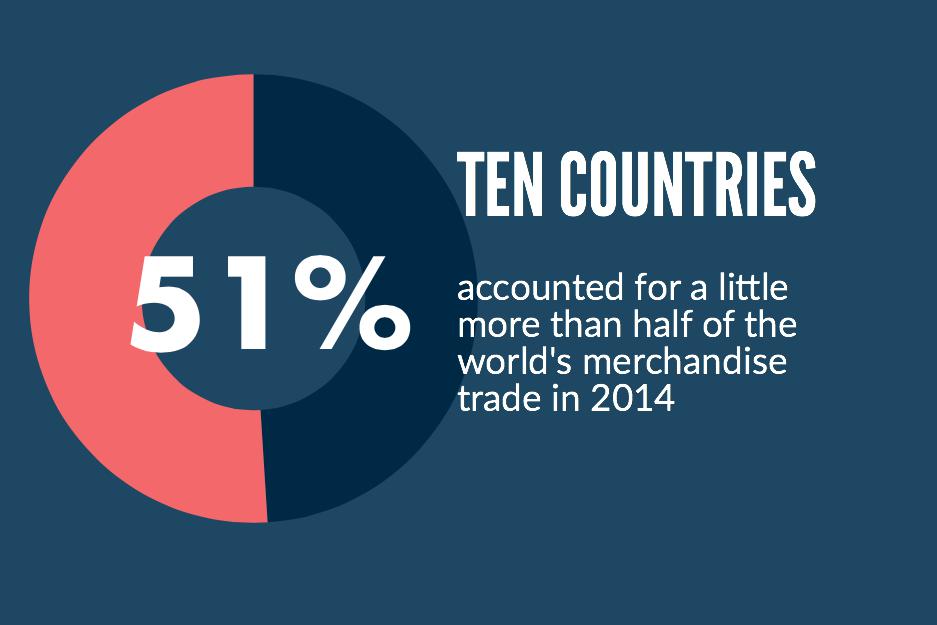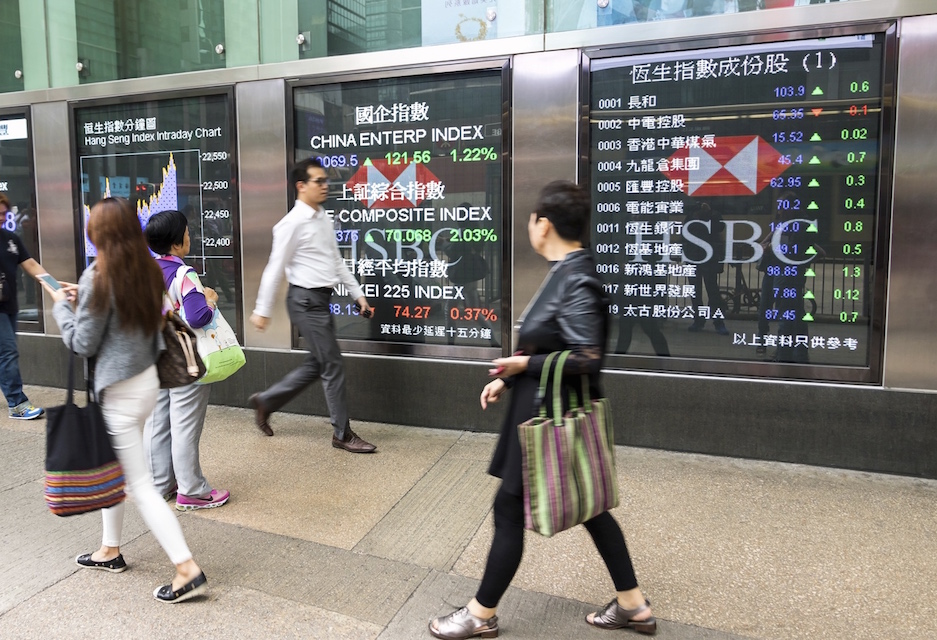How Much Is The World Buying Over the Internet?
Headed Toward $3.5 Trillion
Globally, e-commerce sales are projected to surpass $3.5 trillion within the next five years. China and the U.S. account for over 55 percent of global e-commerce, but digital consumption is growing around the world even in markets that still heavily operate on a cash-on-demand basis, like India. The major American e-commerce platforms Amazon and eBay are growing their share in overseas markets but they face stiff competition from companies vying for new online shoppers around the world.
What’s the Largest E-Commerce Market in the World?
You might guess the United States. At $349 billion last year, the U.S. market is a distant second to China’s e-commerce market, which was worth $672 billion. Four of the top ten e-commerce companies are American.
Note: Taobao, Alipay, and Alibaba are all owned by the Alibaba Group
Source:
What Role Does E-Commerce Play in the U.S. Economy?
According to a report by the U.S. International Trade Commission, productivity gains and lower international trade costs from digital trade boosted U.S. GDP anywhere from 3.4 to 4.8 percent—upwards of $710.7 billion in 2011, which they acknowledge is a conservative estimate. The report also suggests that U.S. real wages and total employment were higher due to digital trade. Opening foreign markets to digital trade would increase GDP gains from another 0.1-0.3 percent, or potentially $41.4 billion more U.S. GDP in 2011.
Will Digital Markets Continue to Grow?
According to Professors at the Fletcher School at Tufts University who created a Digital Evolution Index, it is not a foregone conclusion that countries with relatively mature digital markets will continue to grow. They found that is some countries such as the Netherlands, northern and west European countries along with Australia and Japan are losing steam and in jeopardy of stalling out growth. The BRICs (Brazil, Russia, India and China) are rapidly advancing despite currently low penetration. Singapore, New Zealand, Switzerland, Hong Kong, the UAE and the United States are among those with high levels of digital development and on an upward trajectory.
According to research firm eMarketer, the Asia-Pacific region is growing fastest — 35.2 percent year over year. Eighty million new online shoppers in the Asia-Pacific spent an estimated $875 billion in online sales last year.
Whether overseas opportunities grow and flourish depends in large part on whether governments enable digital markets to thrive or whether governments generate regulatory drag. In many countries, policies that require data servers to be local and differences among countries’ data privacy and security requirements hamper digital trade.
Are There Global Trade Rules on E-Commerce?
The WTO launched a work program on e-commerce almost two decades ago but produced little. The best WTO Members have done is adopt a temporary moratorium on applying customs duties on electronic transmissions. That’s good, but limited, and far short of ambitions for the WTO to help pave the way for countries to adopt policy ecosystems supportive of more digital trade. According to the McKinsey Global Institute, cross-border Internet traffic increased 18-fold between 2005 and 2012. To keep growing, U.S. e-retailers and other digitally intensive industries need to tap into growing overseas markets.
Read More:
Electronic Commerce at the WTO
Data Moving Across Borders: The Future of Digital Trade Policy by Amy Porges and Alice Enders, April 2016
Maximizing the Opportunities of the Internet for International Trade by Joshua Meltzer, January 2016
Andrea Durkin is the Editor-in-Chief of TradeVistas and Founder of Sparkplug, LLC. Ms. Durkin previously served as a U.S. Government trade negotiator and has proudly taught international trade policy and negotiations for the last fifteen years as an Adjunct Professor at Georgetown University’s Master of Science in Foreign Service program.







